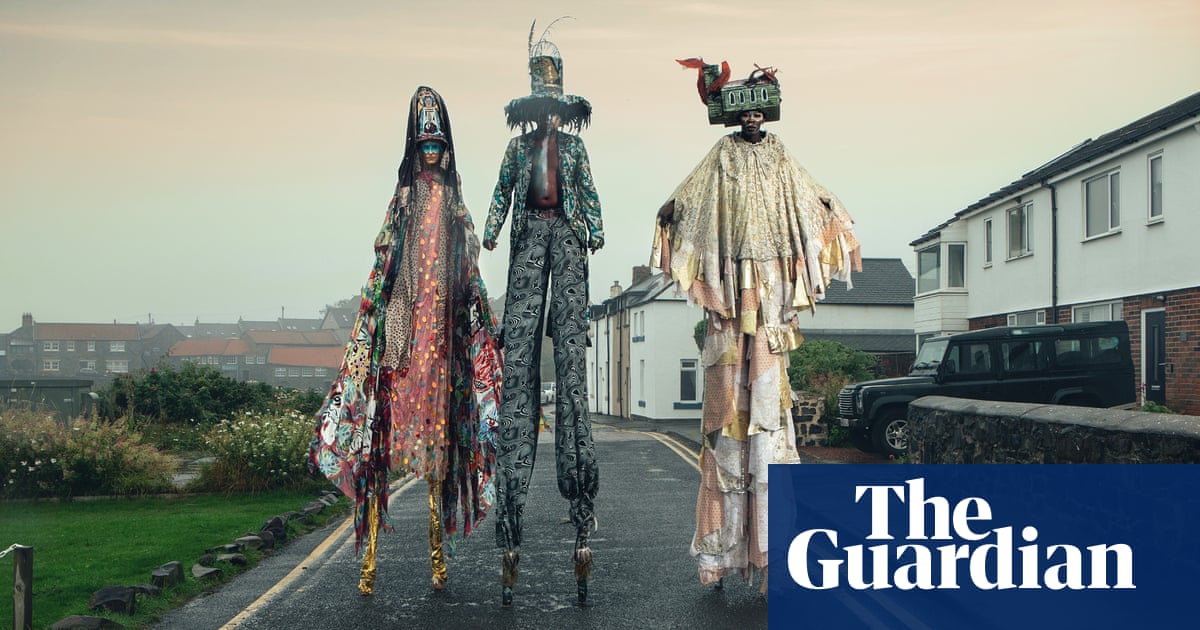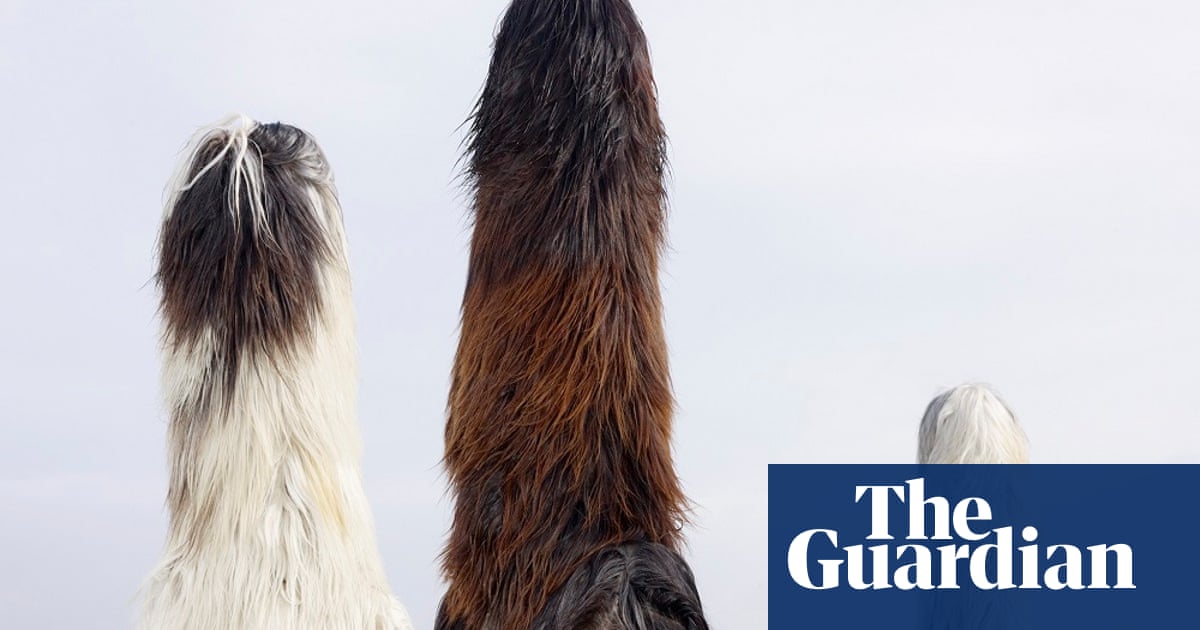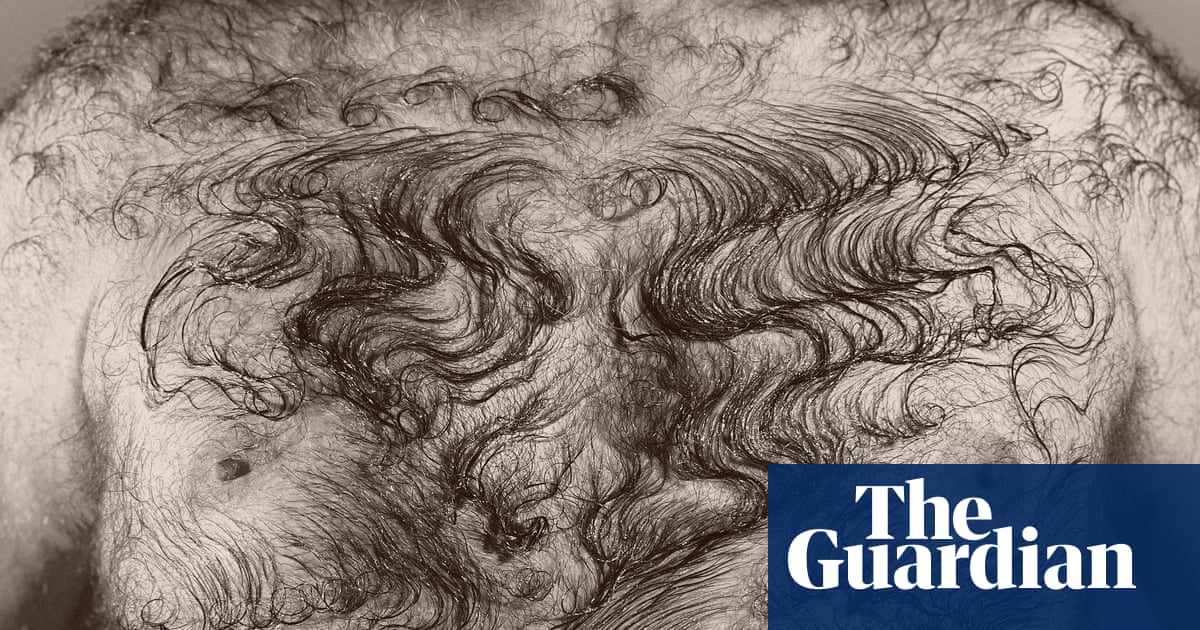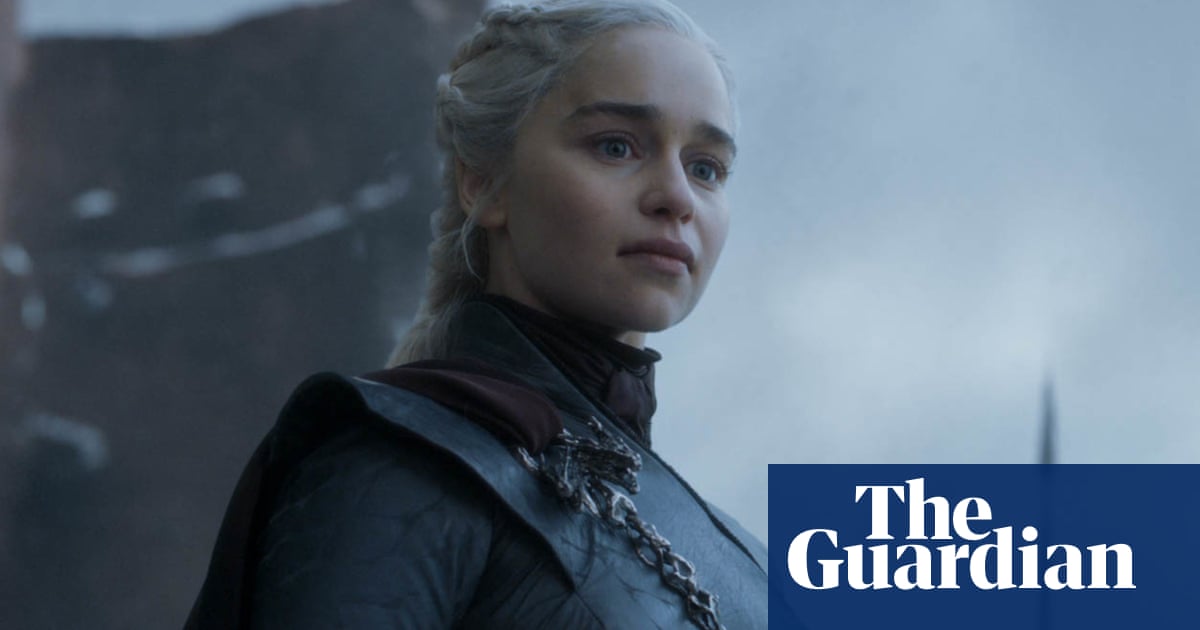
My parents were part of a group of Nigerians who came to study in the UK. They met and married here and I was born in London; then they moved back to Nigeria with me when I was a year or two old. Growing up, I was surrounded by Yoruba culture and inspired by a lot of the local artwork my dad collected and put on the walls.
Returning to London as a teenager, I felt like an alien. Everything looked foreign and I struggled to understand people’s points of reference. I spent many years after university working in the pharmaceutical industry before moving back to my first love: art. I made a living for a while as a commercial photographer, but it took me some years to start focusing on the more personal work that really fulfils me.
As a Yoruba man living in the diaspora, a lot of my work draws on aspects of my heritage, and that’s the case with the figures in this photograph. Egúngún (masquerade) festivals featuring costumes like these take place in Nigeria every year, representing the return of deceased ancestors. As a kid, I came across one of these masqueraders, who seemed like a giant, otherworldly creature. This powerful figure moved through the crowd with people dispersing before it and I was transfixed – frightened, but also in awe. I was really struck by the way it inhabited the space, and that visual memory has always stayed with me.
About 20 years later I travelled to Benin, where Yoruba traditions are also very much present. I made two visits in order to confront the masquerade that I saw as a child, and to meet the people behind the costumes. It’s easy enough to find egúngún walking around the streets during the Vodun season, but getting to sit down and have a conversation with them is a different matter. The person who wears the costume is a secret – though it’s always a man. Eventually, by finding the right people to speak to and making connections I was able to talk to some of those involved and photograph them, too.
While I was in Benin, I got a costume made for myself to continue the project in London. The design process is very spiritual and secretive, and during its creation I wasn’t even allowed to meet the tailors. But back in the UK I was at least able to use my knowledge of what I’d seen to help create the costumes in this photograph. They’re very heavy, there’s a lot of layered fabric, with jewellery and found items – everything from shells to bottle tops. I worked with a group called Moko Somõkõw, who appear as these Moko Jumbie characters, an evolution of the aesthetic of the egúngún masquerades. They have trained for years to perform on stilts, both in the Caribbean and in the UK. The members I collaborated with are based in Newcastle and the costumes were photographed in sites along the coast north of there. I wanted locations referencing port towns as they represent a space where migration happens.
I planned for the shoot to be very early, because I wanted the morning light as the sun came up, and also hoped to avoid causing a ruckus. Even the smallest of the giants is about 10ft tall, so I never expected to go completely unnoticed. Sure enough, there were kids looking out of windows and I had to explain what we were doing to a passing gentleman. It started to rain while we were preparing but I managed to capture the moody light I’d wanted. It’s quite surreal to have cultural effigies of Yoruba culture in this northern European space. I love that there’s a Land Rover parked in the background: that juxtaposition of western and African cultures.
My images of the new giants are intended as part of an exploration into how cultures evolve. It made sense to shoot them in the UK because they highlight how my culture, as a Yoruba man, has moved through the transatlantic slave trade. They also remind me of how I, too, am a hybrid of both cultures. In a sense, I am also a masquerade – my ancestors inhabit my nose and my eyes. The shape of my face is basically a long list of people who have contributed to how I look and who I am.
Àsìkò’s CV
Born: London, 1978
Trained: Self-taught
Influences: “Gustav Klimt, Wangechi Mutu, Tim Walker, Kehinde Wiley, and most importantly African culture, especially my Yoruba heritage.”
High point: “My work showcased in two major public art installations last year, with MTArt agency in Knightsbridge and with The World Reimagined in Trafalgar Square.”
Low point: “A period of depression in 2014-15 when my career took a nosedive. It forced me to think about purpose and authenticity, and pushed me to focus on personal work.”
Top tip: “Find a personal project, one that is defined by you, your journey, your humanity, your heart. Also keep creating, regardless of whether the phone rings or not – just keep creating authentically.”
Work by Àsìkò is included in the Rites of Passage exhibition at London’s Gagosian gallery until 29 April












